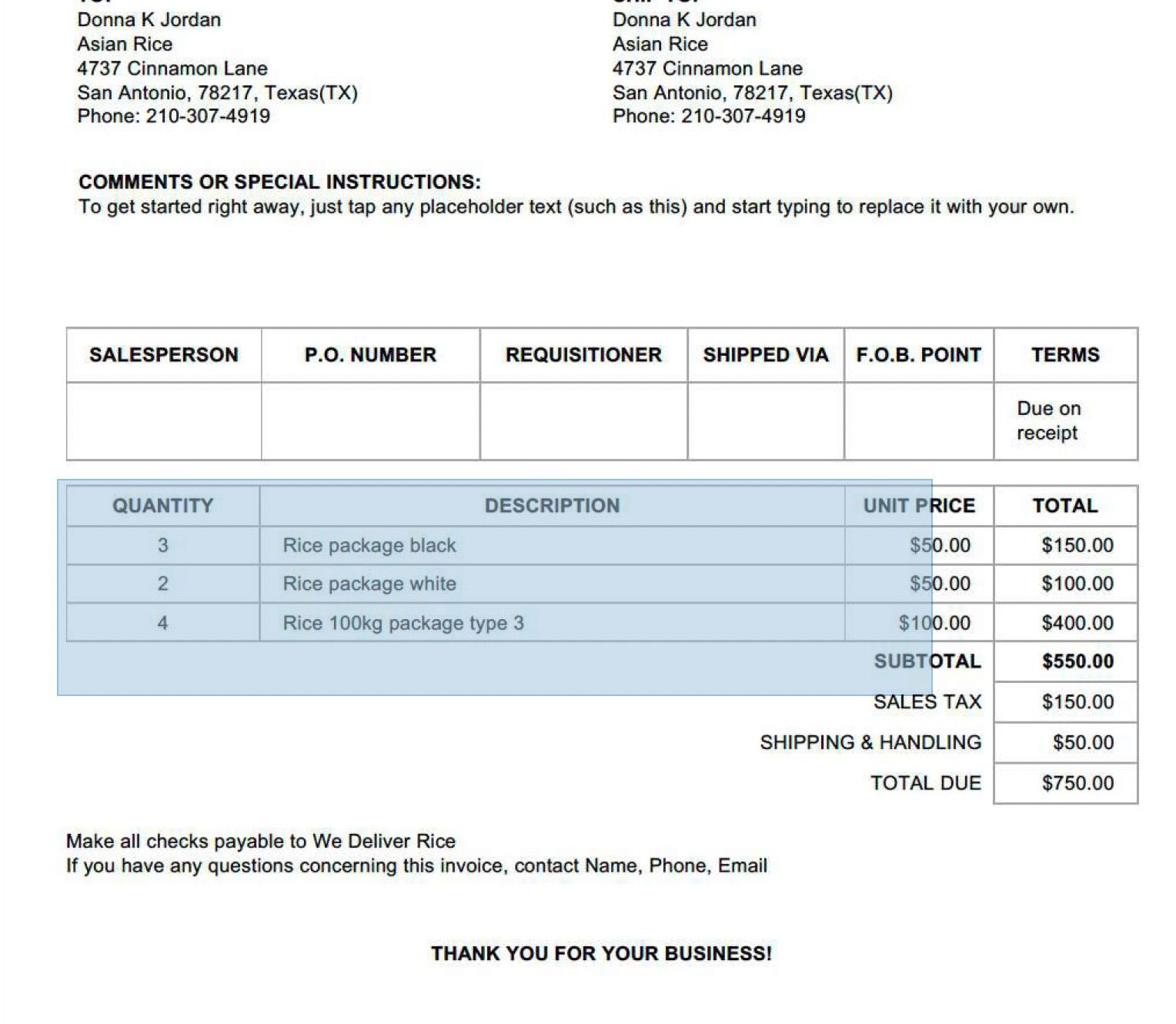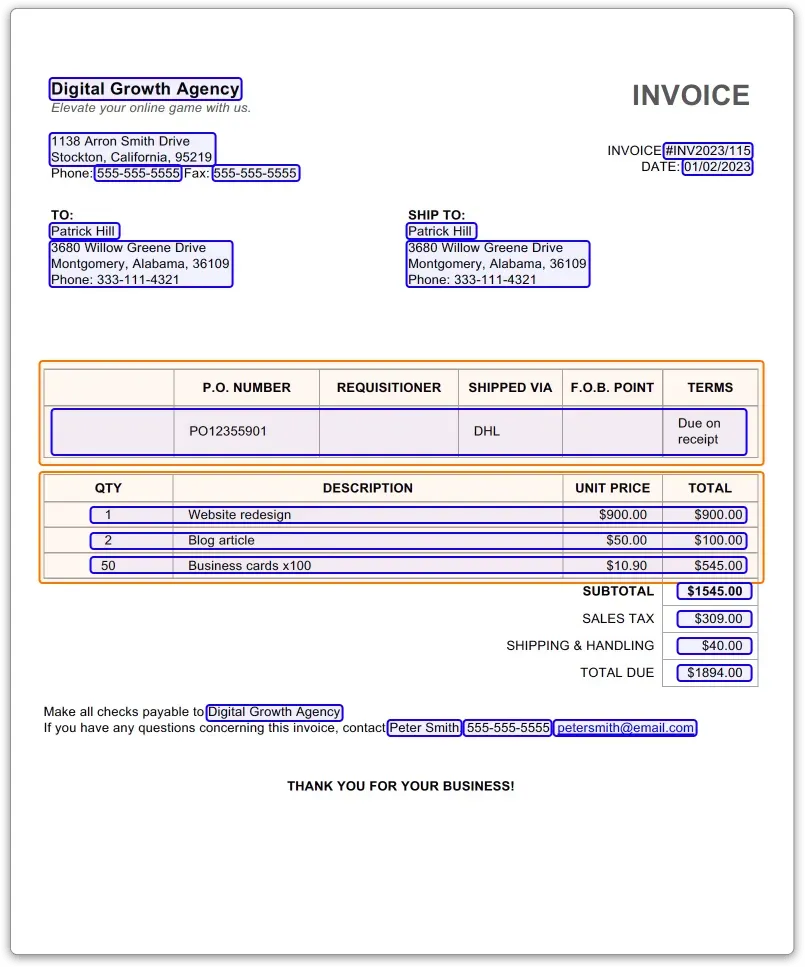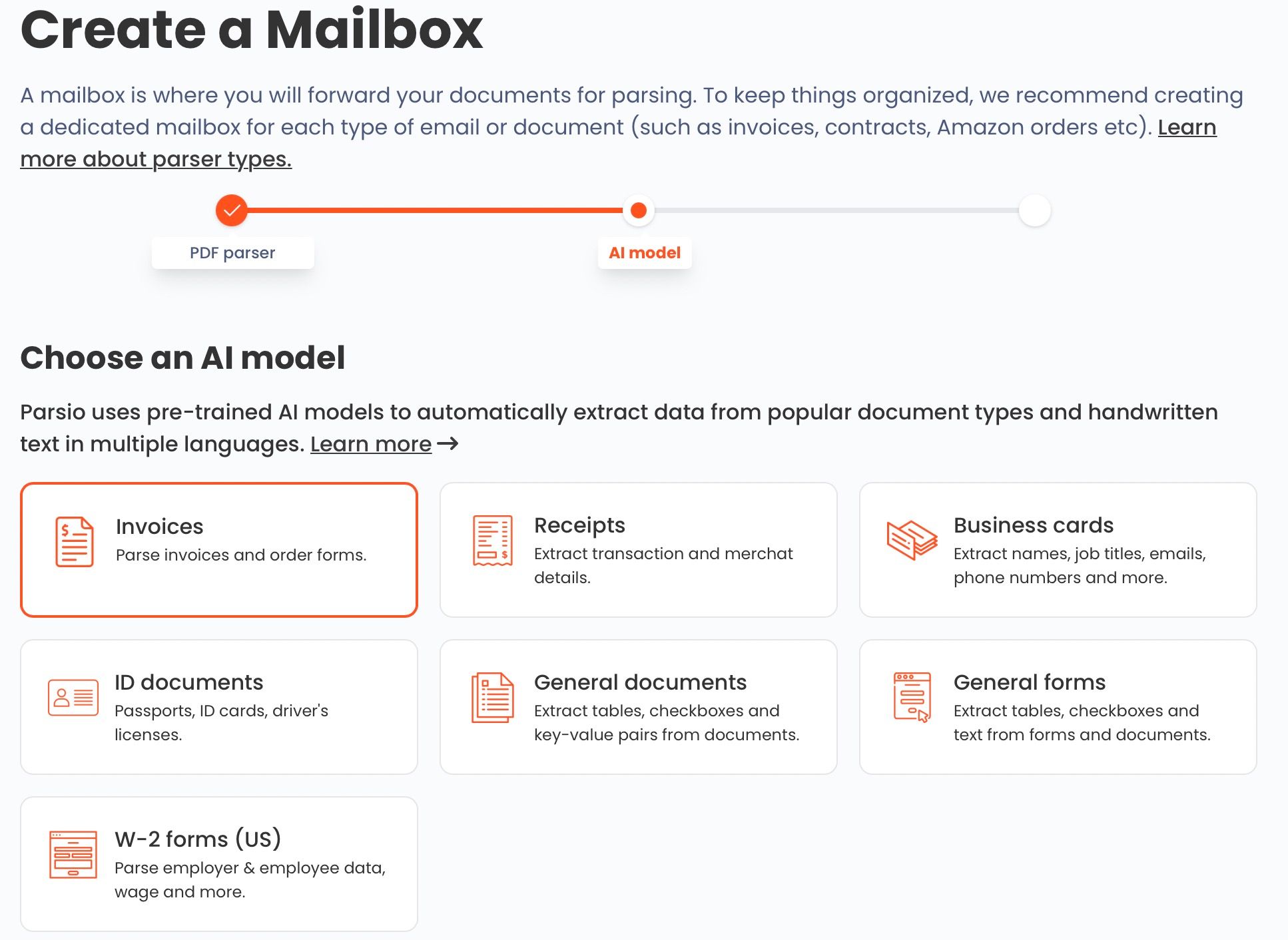Extracting Tables from PDF with AI Parser

The ability to manipulate and analyze data effectively is vital in today's data-driven world. From academia to industry, data extraction, which involves retrieving data from many sources for analysis and further processing, has become one of the most critical tasks. However, one common data source often poses a significant challenge: the Portable Document Format (PDF).
PDFs are universally used to share and present information due to their ability to preserve content and formatting across different platforms. But PDFs are far from ideal when it comes to extracting data, especially structured data like tables. This characteristic presents a unique problem for many professionals and researchers who often find valuable data trapped within the rigid confines of a PDF.
Decoding the Challenges of Manual Extraction
Extracting information from PDFs manually can be very difficult and often prone to errors. There are numerous challenges that make it a complicated task. Let’s have a look at some of the most significant difficulties involved.
Firstly, PDFs are designed for viewing and printing, not for content manipulation. Their layout is fixed, making it difficult to copy and paste data while preserving its original structure. For instance, when you try to copy a table from a PDF, you often end up with jumbled and unstructured text that loses its tabular format. This necessitates significant time and effort to clean, sort, and reorganize the data into a usable format. The problem multiplies manifold when dealing with large volumes of data or complex table structures.

Secondly, many PDFs, especially scanned ones, present their content as an image instead of selectable text. This makes conventional copying and pasting impossible. Even when using Optical Character Recognition (OCR) tools to convert the image into text, the original structure of the table is usually lost, and the output often requires extensive cleaning and formatting.
How Does AI Parser Emerge as the Solution?
This is where Artificial Intelligence (AI) takes into the picture, revolutionizing data extraction. AI parsers are intelligent tools that employ machine learning algorithms to understand, recognize, and extract data from PDFs. Unlike traditional extraction methods, these AI parsers can recognize patterns, structure, and context in the data, allowing them to extract tables from PDFs with high accuracy and efficiency.
These AI models are trained on vast amounts of data, allowing them to understand and adapt to various table formats and layouts. They can handle text- and image-based content, which means they can effectively process scanned PDFs that stymie traditional extraction methods. By preserving the original structure of the table during extraction, AI parsers save users from the laborious task of data cleaning and reformatting.
Parsio: A Leader in AI-Powered Data Extraction
In the arena of AI-powered tools, data extraction has become easier than ever before. However, several errors and delays can still interrupt your PDF data extraction process if you don’t find the right tool. Parsio provides the most reliable and fastest way to extract data from PDFs, emails, and other documents. It is an advanced software that leverages pre-trained AI models to extract data, including complex tables, from PDFs with precision.

Parsio comes in as the best solution to automate table extraction for many reasons:
User-friendly interface: One of the key features of Parsio is its user-friendly interface. Even without a technical background, users can easily navigate the tool. The extraction process is straightforward - users simply upload their PDFs to Parsio, and the AI models take over, scanning the document, identifying the tables, and extracting the data while maintaining its structure.
Able to extract tables from many sources: Parsio is designed to process a wide range of document formats, including PDFs, images, Word files, excel sheets, CSV, and emails. That’s not all; it can also extract tables and other complex repetitive structures in the quickest and most accurate manner with the help of its pre-built AI models.
API for integration: For businesses that process a high volume of PDFs regularly, Parsio provides an API for integration with their existing applications. This allows businesses to automate the extraction process, significantly reducing the manual effort involved and minimizing the risk of human error. Such automation can save countless hours and enhance productivity, a crucial aspect in today's fast-paced business environment.
Continuously improving capabilities: Another unique feature of Parsio is its regular upgrading mechanism. The developers are continually upgrading the pre-trained AI models, improving their accuracy and efficiency. Parsio's effectiveness is not static; rather, it evolves and adapts to handle different document formats and structures. This adaptability sets Parsio apart from many traditional extraction tools, making it a future-proof solution for data extraction.
Top-notch data security: Equally important is Parsio's commitment to data security. The tool is designed with strict security measures to ensure the confidentiality and integrity of your data. All uploaded files are automatically deleted from their servers after a short period, and all data traffic is encrypted. This commitment to data security is vital in industries like healthcare and finance, where handling sensitive data is a daily norm.
How to Extract Tables from PDF with Parsio: Step-by-step Guide
Here’s a creative step-by-step guide on how to extract tables from PDF using Parsio:
Step 1: Head over to Parsio's website and create an account. Once logged in, navigate to the dashboard and create a new mailbox. Select the option "PDF parser (pre-trained AI models)". Choose the one that best suits your needs from the list of pre-trained AI models.

Step 2: Now, it's time to introduce your PDF to Parsio. You can do this in three different ways. Send the PDF as an email attachment, upload it manually via the Parsio dashboard, or use the API if you're dealing with a large volume of files.
Step 3: That’s it! The AI will carefully extract the table data while maintaining its original structure.
You can now export the parsed data into Google Sheets or any other application. Need to move it to a CRM database, Slack, or Trello? Easy as pie! With the help of automation platforms, you can send your data wherever you need it.And there you have simple steps to extract tables from PDFs with Parsio.
Say goodbye to the tedious manual extraction and say hello to a world of efficient, AI-powered data extraction!
Read more:


